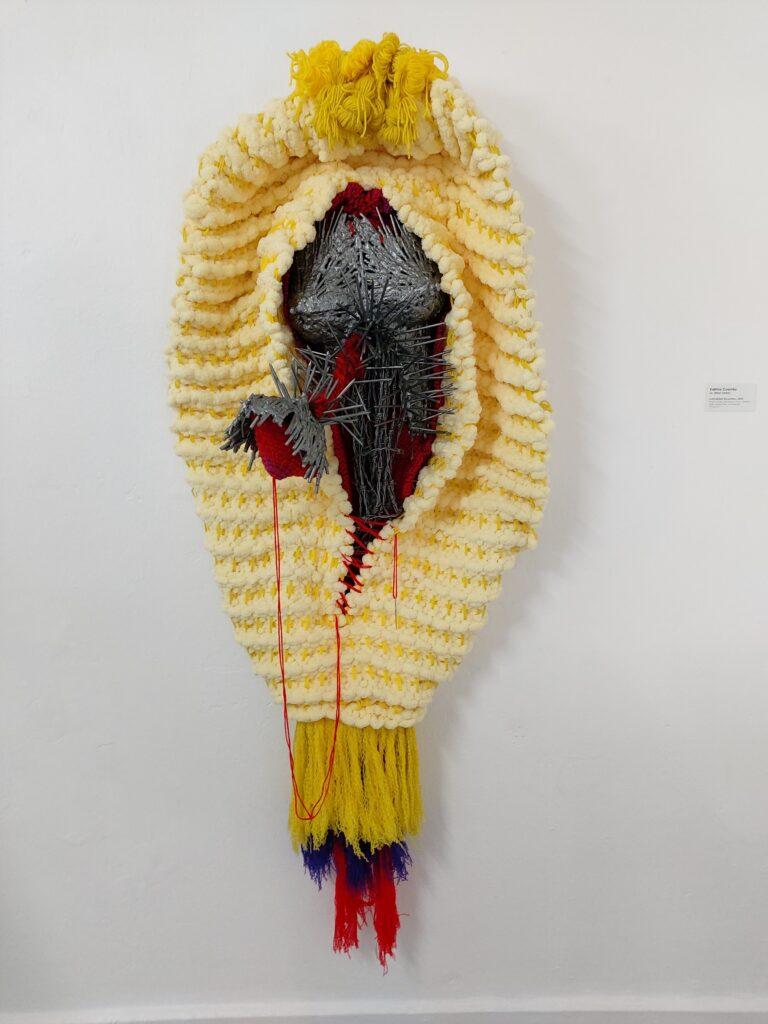Bad man movies in the street, on screen

The latest installment of a consistent hit movie series is currently being shown on the Palace Amusement circuit and on 11 October the almost every day real-life thriller of police and gunman shootouts in Jamaica hit one its intermittent highs with the killing of Christopher ‘Dog Paw’ Linton in Elletson Flats, St Andrew. The big screen came first, as the James Bond flick No Time to Die, part of which was shot in Jamaica, opened on 8 October. But while Daniel Craig will live to die another day Linton’s pause is permanent.
The connection between violent western films and Jamaican deejays is obvious in the earlier names from Jamaican popular music such as Clint Eastwood, Josey Wales (the actor was so bad on screen that he was honoured for his real name and that of one of his most notorious characters) and Trinity, among many others. Others were on screen and in real life as well, for example the gangsters Louis Lepke and Al Capone. However, when we speak of a culture of violence, the coincidence of what is available on the big screen and what comes on the smaller screen in our homes and offices are not to be overlooked.
Sure, Bond takes his martinis shaken, not stirred, while a big head spliff is associated with many a Jamaican badman (and non badman and women too). In No Time to Die Bond drives another Aston Martin, while Dog Paw was plastered coming out of a Nissan Tiida. That make and model of motor vehicle also features in another movie worthy moment currently being played out in Kingston, as the now notorious ‘Duppy Truck’ allegedly operated by the Klansman gang was also a Tiida. For those who missed it, the car was so dubbed because when it drove out some fresh duppies were sure to be made.
But considering Bond’s reputation as a gallis and the sentiments of Dog Paw’s child’s mother and also that a woman was in the car when the guns barked around him for the final time, Linton had his fair share of female attention. And that seems to go for gangsters all around.
We cannot speak of a culture of violence in Jamaica narrowly, confining it to some deejays’ regrettably murderous lyrics and our abhorrent rate of killing (legal and illegal, sane and legally insane). To do so is to avoid looking towards a lasting solution, but instead to conveniently assign blame and continue the cycle.
In another sphere of Jamaica’s lucrative crime industry, we pay a lot more attention to scammers than thieves in offices (you know, there is another movie connection there, for didn’t the lady from the bank use some of the stolen money to put in a home cinema?) to our detriment. The late Col Trevor MacMillan, former commissioner of police, once equated the seriousness of white collar crime in Jamaica with violent crime, but he was not taken seriously. That advice was free education in addressing our social ills and we have paid dearly for having not accepted it.
There is, of course, the distinct possibility that there is no real intention to staunch the bloodletting and leaking accounts in Jamaica. The former is a thriving business, with no shortage of young and not so young Black males and the women, young to older, who support them, to keep the industry turning. With Emancipation in 1834 and the decline of the plantation system came the crisis of a surplus of Black bodies (especially male) and what I am witnessing now is a rather efficient system of gainfully employing them in the generally short-term span of their lives. Security companies, lawyers, police officers who chase them, soldiers who help impose the curfews, judges, pathologists, morticians, merchants of goods such as motor cars, houses, hardware fittings and liquor (high end and regular), Jamaican popular music performers who have worked on their stage shows, the media which churns out ‘a pall of grief…’ repeatedly, the gunmen’s hot gals and those who outfit them with lashes, tresses and various accessories and many more in the society have benefitted from the shottas’ brief lives and don’s more extended but inevitably truncated careers. The violent songs that we so vehemently argue for and against are part and parcel of fostering that industry – and so is No Time to Die.
Mel Cooke covered Jamaican entertainment as a print journalist for almost two decades, overlapping with his MPhil research on dancehall and experiential marketing with the Institute of Caribbean Studies, UWI, Mona, where he is now working on a PhD while lecturing in the Bachelor of Arts, Communication Arts and Technology (BACAT) programme at the University of Technology, Jamaica (UTech, Ja.).






